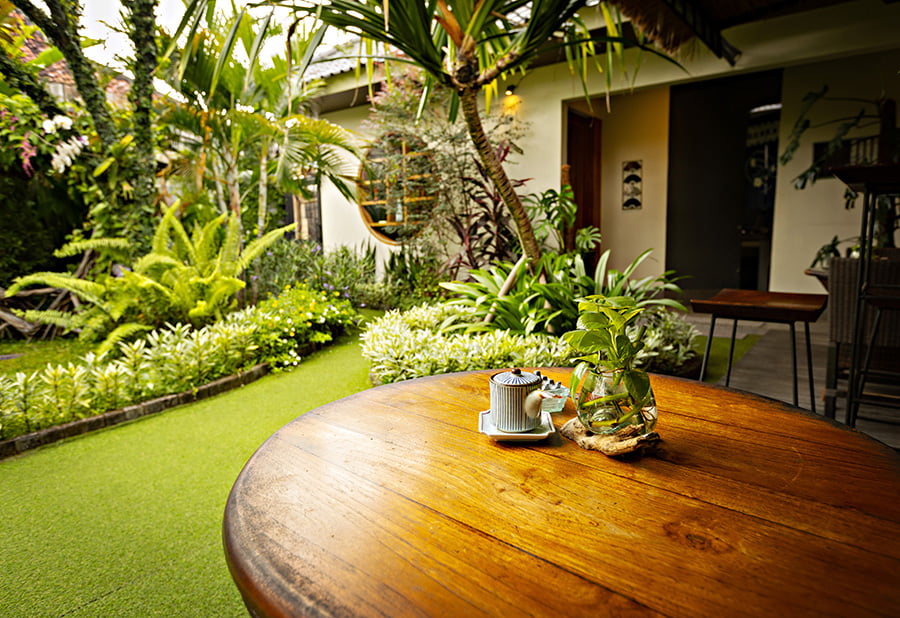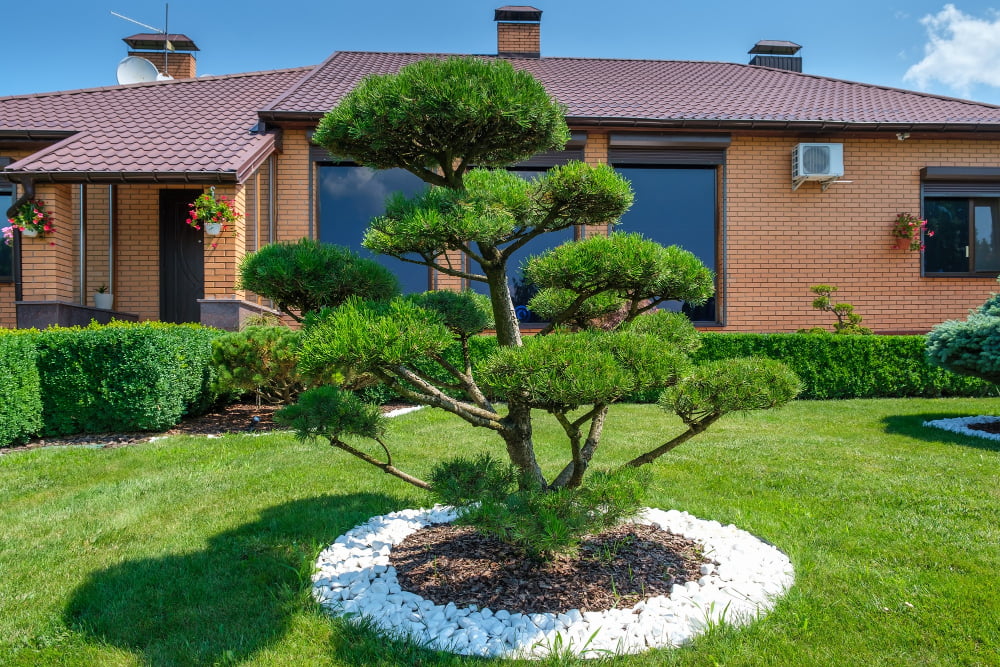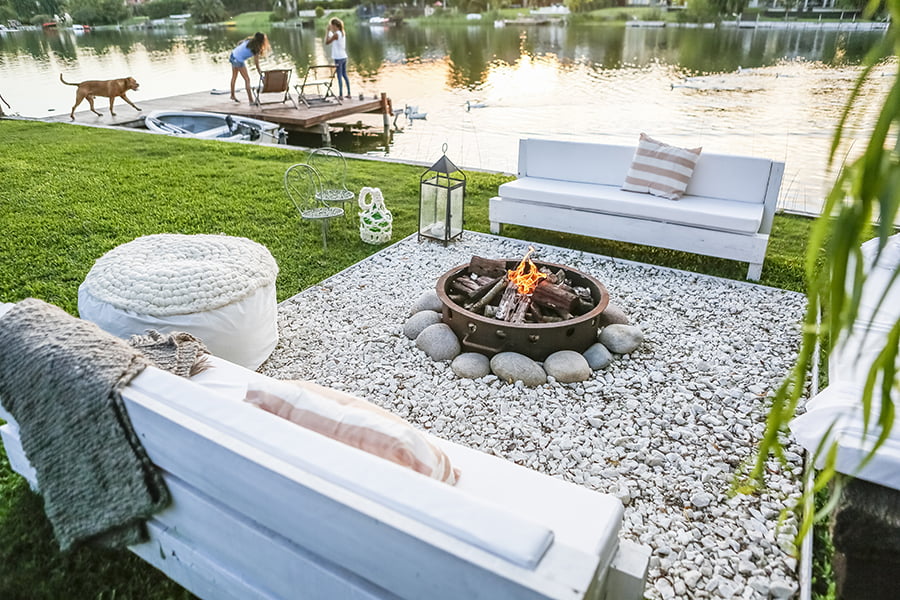Landscaping can be used to enhance outdoor living spaces by adding elements such as trees, shrubs, flowers, and other plants; creating pathways or walkways; installing outdoor furniture; and adding water features like fountains or ponds.
Creating a beautiful outdoor living space is an excellent way to make your home more enjoyable and inviting. Landscaping can be used to transform any area into a tranquil escape, while also adding value and appeal to your property.
In this blog post, we will explore how landscaping can be used to enhance outdoor living spaces and provide tips on how you can create the perfect outdoor oasis.
Adding Plants

Plants can provide a variety of benefits, such as adding color and texture, providing privacy, and creating a more inviting atmosphere. They also help reduce noise levels and improve air quality by absorbing pollutants.
They can attract beneficial insects like butterflies and bees that help pollinate flowers in the garden. When selecting plants for landscaping purposes, it is important to consider factors such as climate zone, soil type, light requirements, water needs, size at maturity, and maintenance requirements.
Choosing native species or those adapted to local conditions will ensure that the plants thrive in their new environment with minimal care from you.
Trees

They provide shade, privacy, and beauty to any landscape. Trees can be used to create a natural boundary between different areas of the yard or garden, providing both visual and physical separation.
Trees can help reduce noise pollution from nearby roads or neighbors by acting as sound barriers. Planting trees in strategic locations around your outdoor living space will also help keep it cooler during hot summer days by blocking out direct sunlight and providing cooling breezes.
Trees add color and texture to any landscape design with their foliage changing throughout the seasons.
Shrubs
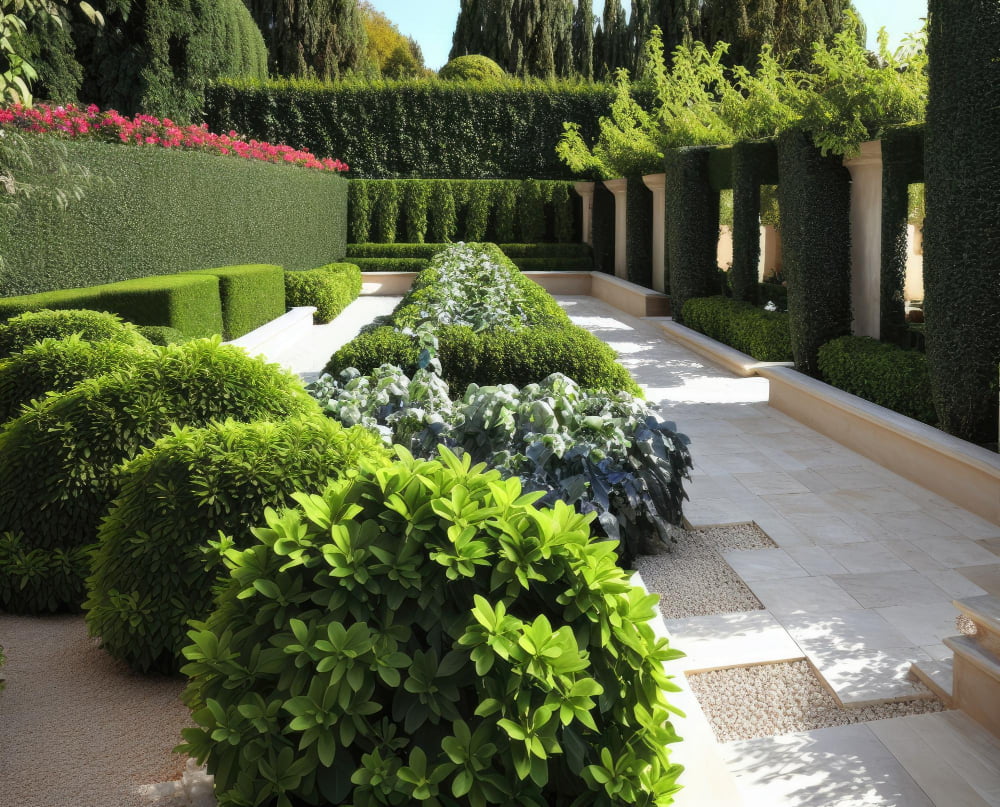
They provide structure and texture to the landscape, as well as a variety of colors and shapes. Shrubs can be used to create privacy screens, define boundaries, or add color and interest to a garden.
When selecting shrubs for your outdoor living space, consider their size at maturity, how much sun they need, and whether they will require pruning or trimming. Think about how you want them to look in relation to other plants in the area; some shrubs may need more space than others.
Once you have chosen the right shrub for your needs, proper planting is essential for its success; make sure it is planted at the correct depth with plenty of room around it so that it can grow properly without crowding out other plants. With proper care and maintenance, shrubs can help enhance any outdoor living space by adding beauty and function!
Creating Outdoor Seating Areas
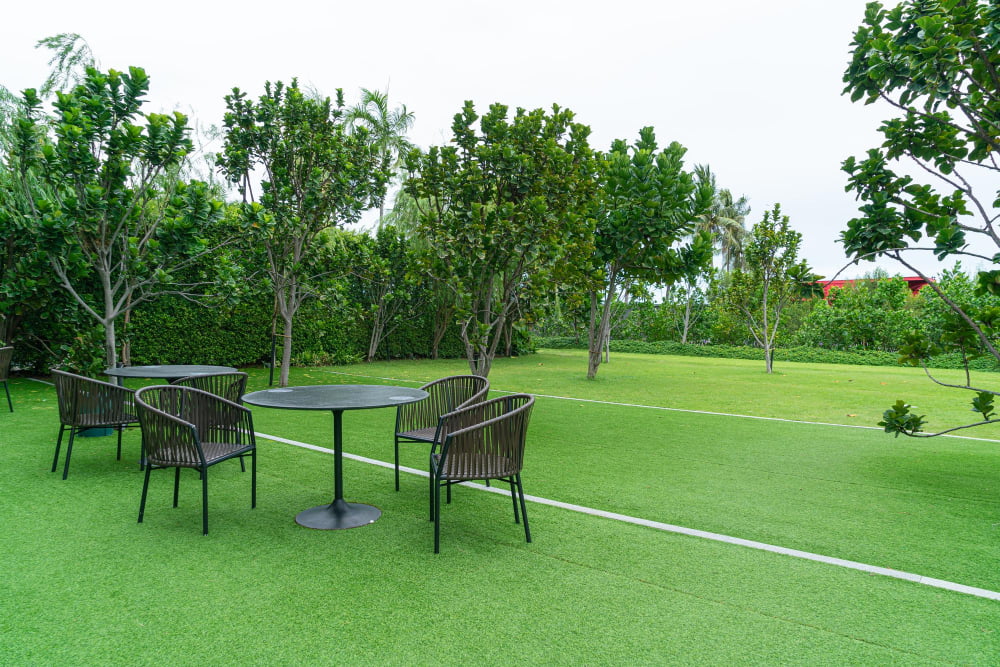
Seating areas can be used for entertaining, relaxing, or simply enjoying the outdoors. When designing an outdoor seating area, it is important to consider the size of the space and how many people will be using it.
Selecting comfortable furniture that fits with the overall design of your landscape is key. Incorporating elements such as fire pits or water features can add ambiance and make your seating area even more inviting.
Adding plants and trees around your seating area can provide shade and privacy while also creating a beautiful backdrop for your space.
Incorporating Water Features
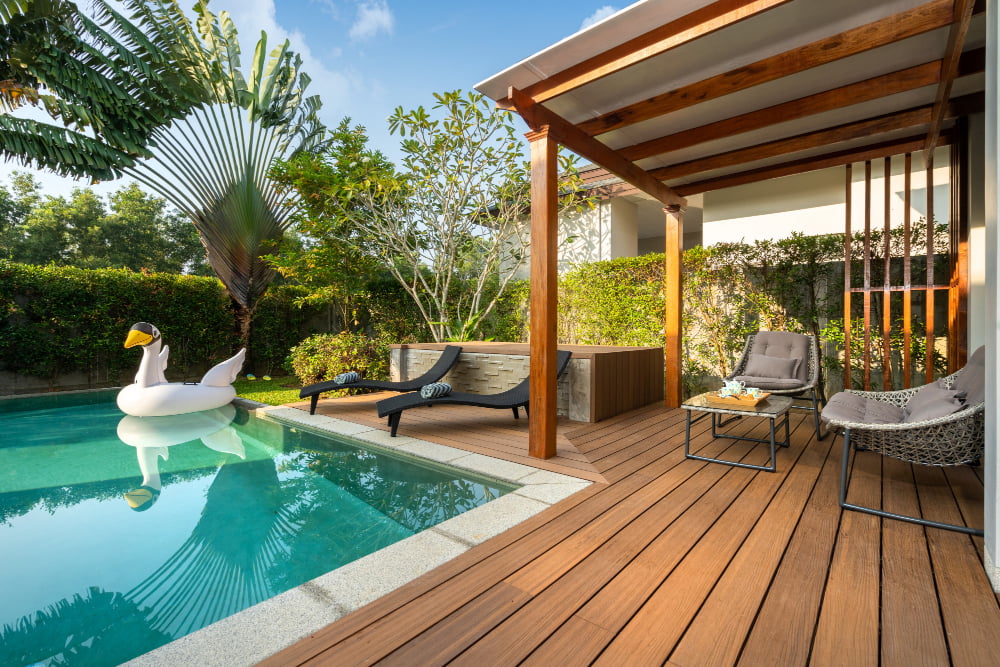
Water features can range from small fountains or ponds to larger streams, waterfalls, and even swimming pools. These features can be used to add visual interest, provide sound for relaxation, and attract wildlife.
Depending on the size of the space available, there are many options for incorporating water features into landscaping designs. Smaller areas may benefit from a fountain or pond while larger areas could accommodate more elaborate designs such as streams with multiple levels of cascading waterfalls or an in-ground pool with surrounding plants and trees.
Regardless of size, adding a water feature will bring life to any outdoor living space!
Installing Lighting Fixtures
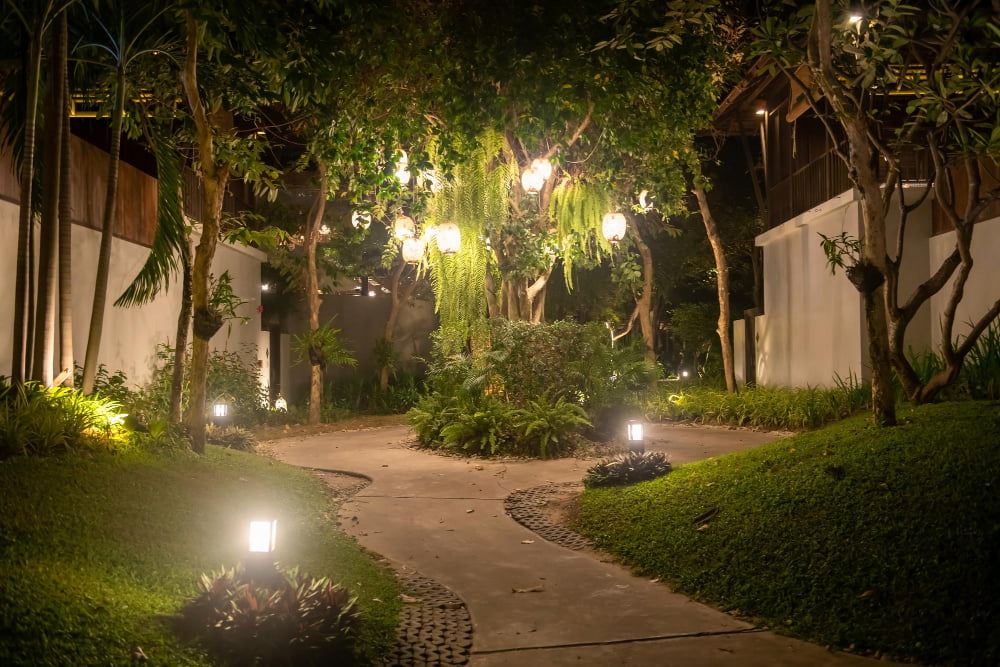
Lighting can be used to create a cozy atmosphere, provide safety and security, and highlight certain features of the landscape. Outdoor lighting fixtures come in a variety of styles and sizes, so it’s important to choose one that fits with the overall design of your space.
When installing lights, consider where you want them placed for maximum effect – near pathways or seating areas for ambiance; around decks or patios for safety; or near plants or trees to draw attention to their beauty. Make sure that all wiring is properly installed according to local codes and regulations.
With careful planning and installation, outdoor lighting can transform any living space into a beautiful oasis!
Building Pathways and Walkways
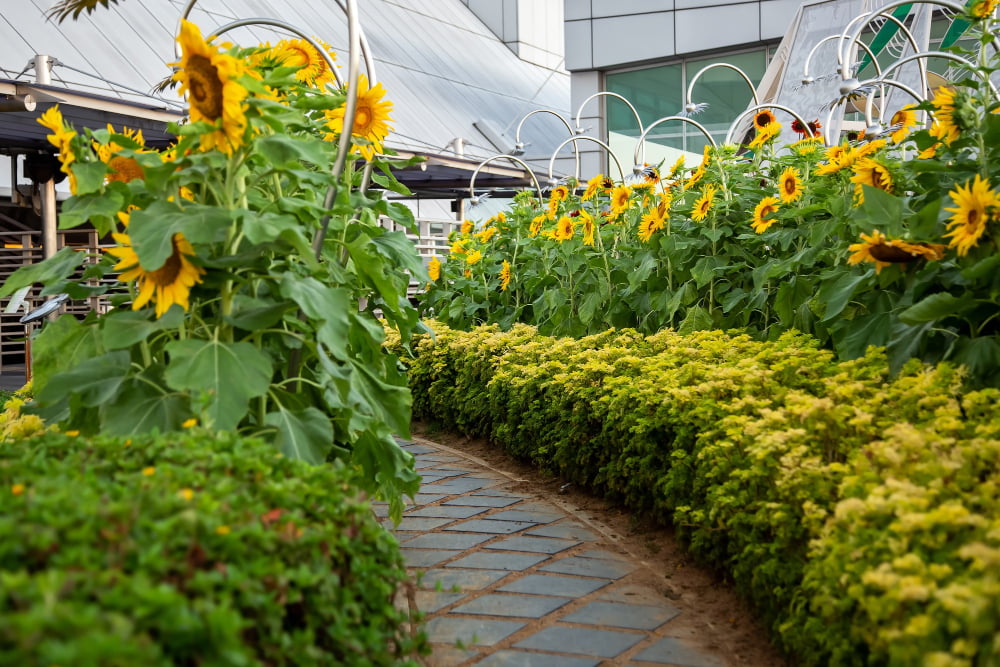
Pathways provide a safe and attractive route for people to move around the space, while also adding visual interest. They can be made from a variety of materials such as gravel, brick, stone, or wood chips.
When designing pathways and walkways it is important to consider the size of the area they will occupy, as well as any potential obstacles that may need to be avoided. It is important to ensure that the pathway has enough room for two people walking side by side if necessary.
By creating interesting curves or patterns in your pathway design you can add further visual appeal and make your outdoor living space more inviting.
Constructing Retaining Walls or Raised Beds for Planting Flowers and Vegetables
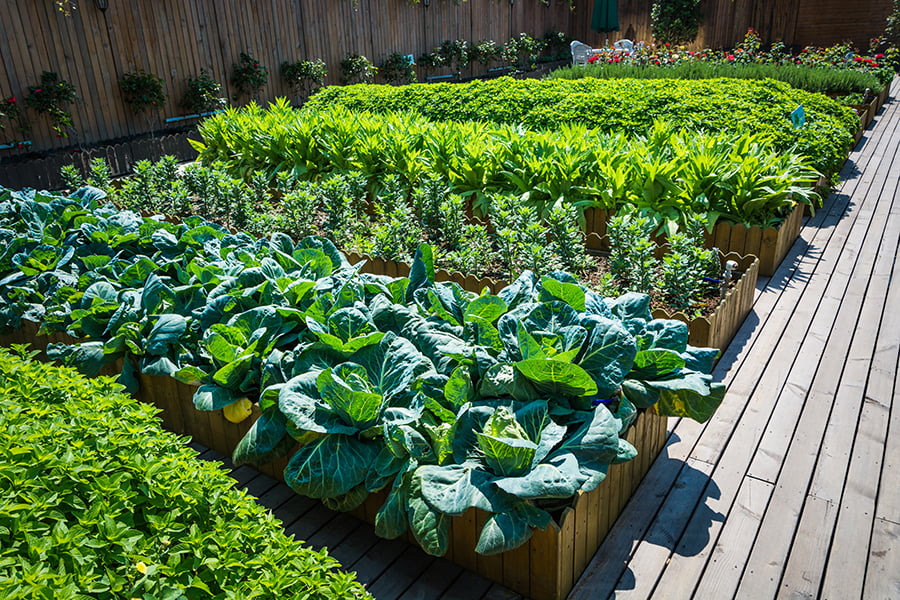
Retaining walls are structures that hold back soil and other materials, such as rocks or gravel, while allowing water to pass through. They can be used to create terraces in sloped yards, provide additional seating areas for entertaining guests, and even add visual interest with their unique shapes and textures.
Raised beds are also an excellent way to improve outdoor living spaces. These elevated planting areas allow for better drainage and improved access when tending plants.
They can be used to create attractive flowerbeds or vegetable gardens that will bring color and life into any space.

